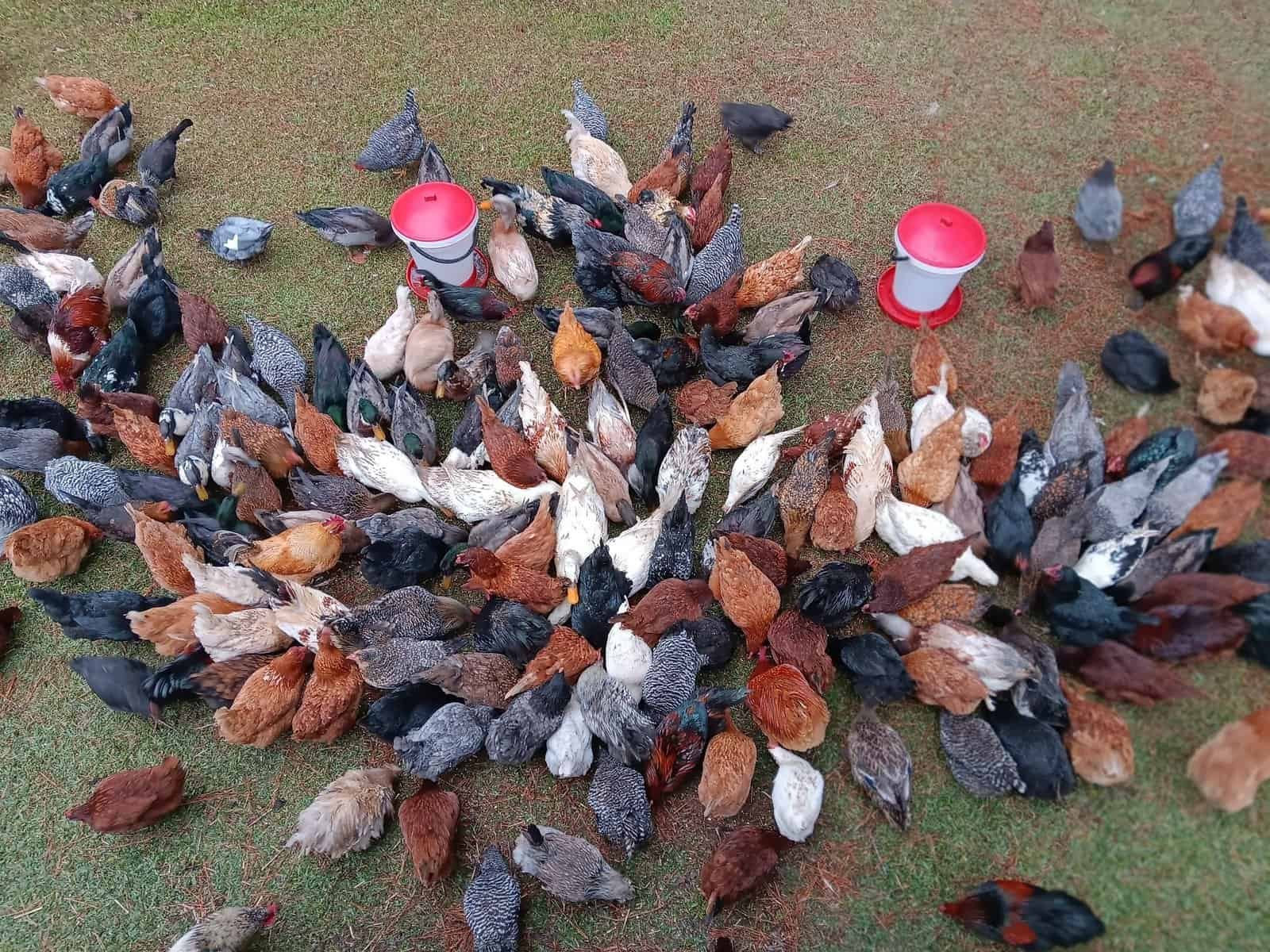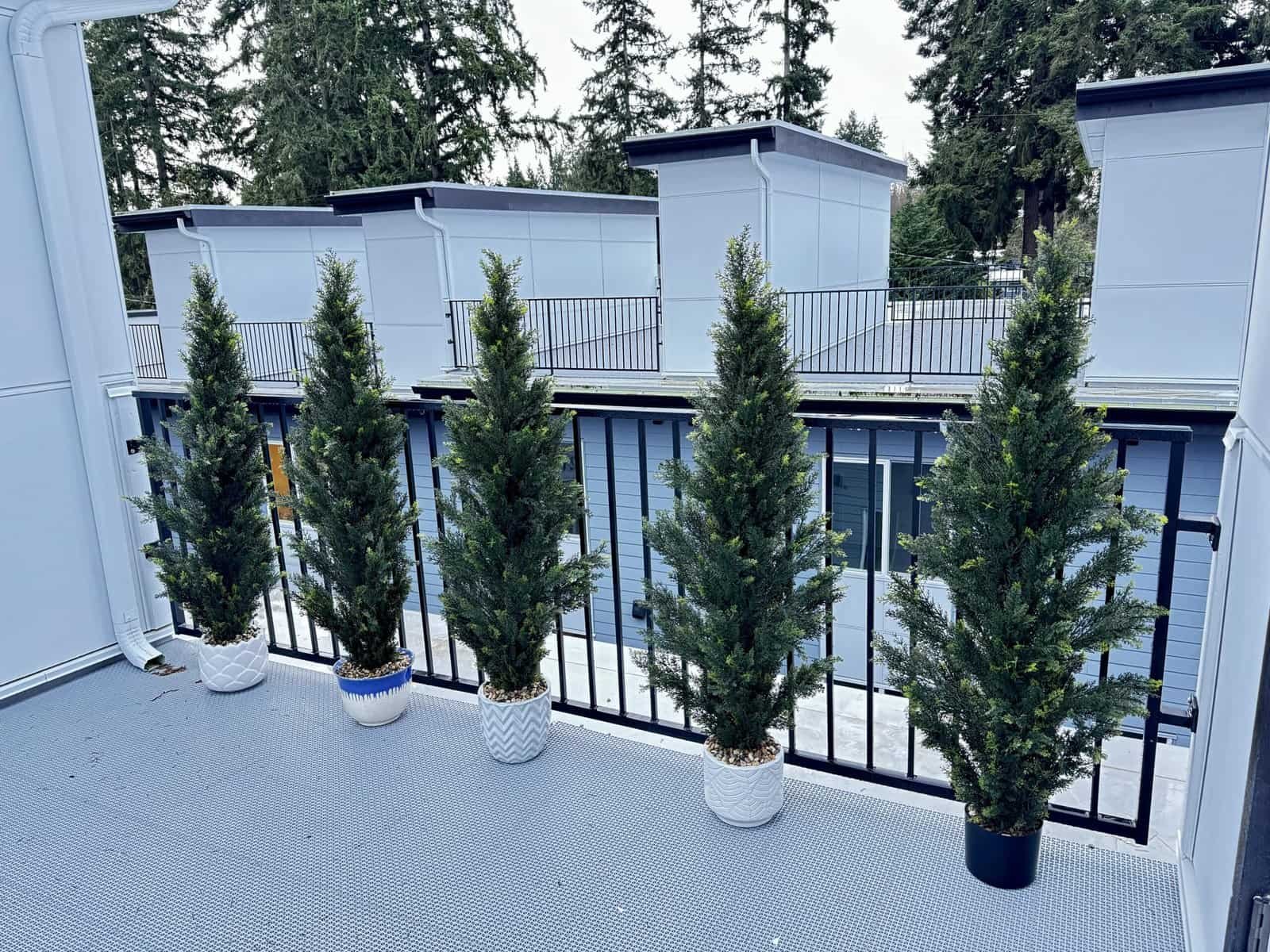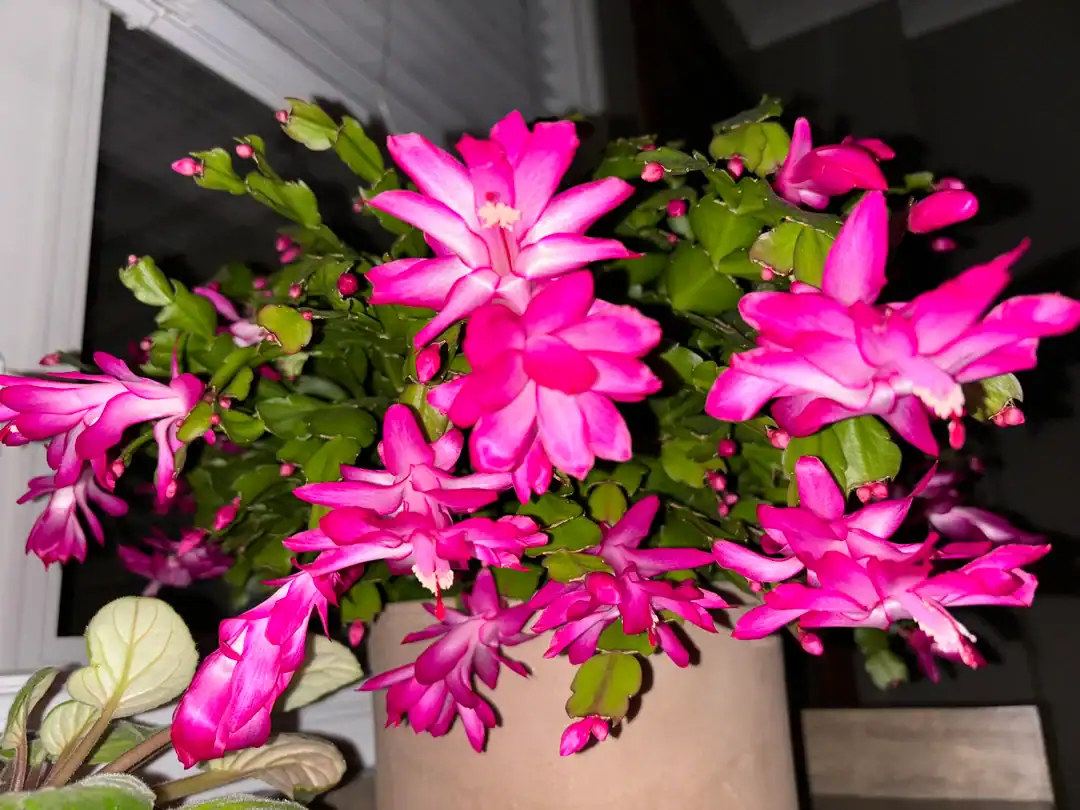
Hi
Hedgehogs are disappearing fast, and that’s a big problem for our gardens. Many people are noticing this, and it’s clear we need to help them thrive. They need safe spaces, food, water, and protection from dangers.
With some effort, you can make your garden a welcoming home for these little creatures!
Contents
Creating Access for Hedgehogs
Hedgehogs need spaces to roam, and gardens can help! Simple steps can make your yard a welcoming path for them.
Hedgehog Highways

I cut small holes, about 13 cm by 13 cm, in my garden fence. This size works well for hedgehogs but keeps most pets out. These openings let them roam up to two kilometers at night for food and nesting.
My neighbors joined in too, making a network of “hedgehog highways.” It’s simple and helps their survival. I even replaced some fences with native hedgerows. They look great and help many kinds of wildlife!
Record Highways

Hedgehogs need access to roam freely at night. Cutting 13 x 13 cm holes in fences helps link gardens, forming “hedgehog highways.” These small openings allow them to find food, mates, and nesting spots across neighborhoods.
I make sure to record new holes on the Hedgehog Street website. This site tracks these highways on a national network. Community efforts like this can boost hedgehog conservation by connecting their paths and helping their population recover.
Providing Food and Water
Hedgehogs need food and water to stay healthy, especially in your garden. Set out tasty meals and fresh drinks to make them feel welcome!
Meaty Cat or Dog Food
I feed hedgehogs meat-based wet cat or dog food, like chicken or turkey. Dry kitten food works too. Fish flavors and gravy types should be skipped; they aren’t good for them.
Leftover food attracts pests, so I remove anything uneaten by morning. Placing the dish in a quiet spot helps keep other animals away.

Fresh Water
Hedgehogs need fresh water every day, especially in dry weather. I always leave a shallow dish of clean water near the food station.
Water is just as important as hedgehog food like meaty cat or dog food. If you use dry food, they’ll need it even more! Uneaten food and dirty dishes get cleaned up nightly to keep things tidy and safe.

Feeding Station
I set up my feeding station using a plastic storage box. I made a small doorway, about 12 cm square, so bigger animals like cats or foxes couldn’t get in. A brick on top kept the box steady during windy nights.
I checked it daily to clean out old newspapers and wash the bowls. For food, I used meaty cat or dog food in ceramic dishes. Fresh water was always ready too since hedgehogs need it every day.
Placing it near a fence worked best because they liked feeling safe while eating!

Creating a Safe Habitat
Hedgehogs need cozy, safe spaces to live and rest. A messy garden corner or a little hideout can make all the difference!
Wild Corners

I like leaving a corner of my yard to grow wild. It helps hedgehogs find shelter and food. Native plants there attract insects, which hedgehogs love to eat.
Logs and leaf piles in the corner make great hiding spots or hibernation sites. A small “hedgehog house” can fit well here too for extra safety. Plus, this area needs little care; I just let it grow naturally all year!
Log Piles and Leaf Litter
Log piles are cozy spots for hedgehogs. I stack old wood in my garden, letting it rot naturally. Shady areas help the logs decay, while sunny spaces invite bees and wasps. Worms and grubs appear over time, giving birds and small mammals a feast.
Wrens often peek around mine looking for food.
I leave leaf litter nearby too. It acts as a blanket for insects and a hiding place for hedgehogs. Autumn brings plenty of leaves to use! This mix creates a wildlife-friendly garden right in your yard without much effort at all.
Compost Heaps
Compost heaps make great nesting spots for hedgehogs. They also attract insects, which serve as food for them. I always check my heap carefully before turning it or adding waste. This prevents harming any hidden hedgehogs resting there.
It’s best to manage compost heaps regularly to keep them safe. April is a good time to empty or turn them since hibernation ends and breeding hasn’t started yet. Composting helps create a friendly space for wildlife while supporting hedgehog care in the garden!
Ponds
A pond can be a great water source for hedgehogs. I make sure mine has shallow, sloping sides like a beach. This helps them climb out safely if they fall in.
I use rocks, large stones, and submerged pots with plants to create escape paths. Water forget-me-nots and oxygenating plants work well for this. Keeping the pond full all year is important too.
In the fall, I add a cover to stop leaves from piling up while keeping hedgehogs safe nearby.
Hedgehog Houses

I like setting up hedgehog houses in my garden. They make a cozy, safe spot for these little animals. A good house should be made of timber with water-based preservatives. I always clean it between late March and early April, after their hibernation period ends.
It’s best to check that no hedgehogs are inside before cleaning.
To attract them at first, I put some food inside the house, like meaty cat or dog food. Once they move in, I place the food outside instead. The entrance stays clear and points toward a quiet area in shade.
Covering it with soil, plastic sheeting, and twigs helps keep it warm too!
Protecting from Hazards
Hedgehogs face many dangers in gardens. Small actions can make a big difference to keep them safe!

Bonfires
Bonfires can hide hedgehogs. They crawl into woodpiles for warmth and safety. Lighting a fire without checking first might harm or kill them. I always store wood off the ground until the same day it’s needed.
Building fires on open ground makes it less likely they’ll sneak in.
Before lighting, I move piles carefully and check under the base for any hiding creatures. Using a proper incinerator is another safe option. Loose leaf piles also attract hedgehogs, so keeping materials separate helps protect them too!
Leaf Piles
Leaf piles are safe spaces for hedgehogs to nest or hibernate. I always check them before raking, moving, or burning anything. Hedgehogs love quiet spots like behind sheds or under bushes, so I leave these areas undisturbed during winter.
Using natural barriers like crushed eggshells around leaf piles keeps pests away without harming wildlife. Strimmers can harm hidden hedgehogs in tall grass and leaves. So, I inspect every spot carefully before using tools in my yard.
Pesticides and Slug Pellets
Pesticides can harm hedgehogs. These chemicals poison their food, like slugs and insects. Sometimes, hedgehogs eat slug pellets directly. This makes them very sick or even kills them.
I avoid using pesticides in my garden to help wildlife. Instead, I use natural methods to keep pests away. For example, crushed eggshells or coffee grounds stop slugs without hurting hedgehogs.
It’s a small step that keeps the food chain safe for these little animals!
Garden Machinery
I always check my lawn for hedgehogs before using any garden tools like mowers or strimmers. These machines can hurt hedgehogs hiding in long grass or under bushes. Robotic mowers are trickier since they run on their own, but experts have made safety tests to improve them.
I only mow during the day because hedgehogs come out at night. Using pesticides and slug pellets can also harm them, so I avoid those too. Keeping uncovered holes covered helps protect curious hedgehogs from accidents while exploring my yard.
Uncovered Holes and Drains
Open holes and drains can trap hedgehogs. I keep all drain covers secure to stop this from happening. If a hole or trench stays open, I check it every day for any trapped animals.
I add escape routes in tricky spots. A rigid plastic net or wooden plank works well near drains. Bricks or stones at pond edges also help hedgehogs climb out if they fall in. Covering these areas keeps both leaves and wildlife safe!
Observing and Assisting if Needed
Keep an eye out for hedgehogs moving around during the day—they might need help. If they’re struggling, a soft towel or gardening gloves can make handling them safe and easy.

Daytime Sightings
Spotting a hedgehog in daylight often means trouble. These animals are nocturnal, so seeing one during the day could mean it is hurt or hungry. I always check for signs like wobbling, lying still, or moving without purpose.
Autumn and winter sightings are even more worrying since they should be preparing for hibernation.
If I see a hedgehog out in the daytime, I observe quietly from a short distance first. If it looks weak or underweight, I contact local rescue centers like the British Hedgehog Preservation Society for help.
Handling only happens if truly needed to avoid stress on the animal.
Hibernation Period
Hedgehogs hibernate from November to mid-March. Some may wake up during mild weather, so food and water should always be available in winter. Meaty cat or dog food works well, along with fresh water.
They might change nesting spots if disturbed or if temperatures rise. I avoid cleaning hedgehog houses until mid-April to keep their rest undisturbed. Quiet corners of the garden make great safe spaces for hibernation.
Conclusion

Helping hedgehogs is simple and rewarding. I enjoy doing small things to make their lives easier. Creating pathways, offering food, and keeping my garden safe can make a big difference.
These little creatures need our help. Together, we can give them a better chance to thrive!
FAQs
1. How can I help hedgehogs during hibernation?
You can make your garden a safe space by leaving piles of leaves or logs for shelter. Avoid disturbing them, as waking up early from hibernation is harmful to their health.
2. What should I feed a hungry hedgehog?
Offer meaty cat food or meaty dog food in small amounts. These are good sources of protein and easy for hedgehogs to eat.
3. Can I use a hot water bottle to keep a cold hedgehog warm?
Yes, but wrap it in a towel first so it doesn’t burn the hedgehog’s skin. Place it near the animal, not directly under them.
4. How does gardening for wildlife help hedgehogs?
Gardening for wildlife provides natural food like insects and safe places to rest or hide. Planting native flowers and keeping wild areas helps create an inviting habitat for them!





